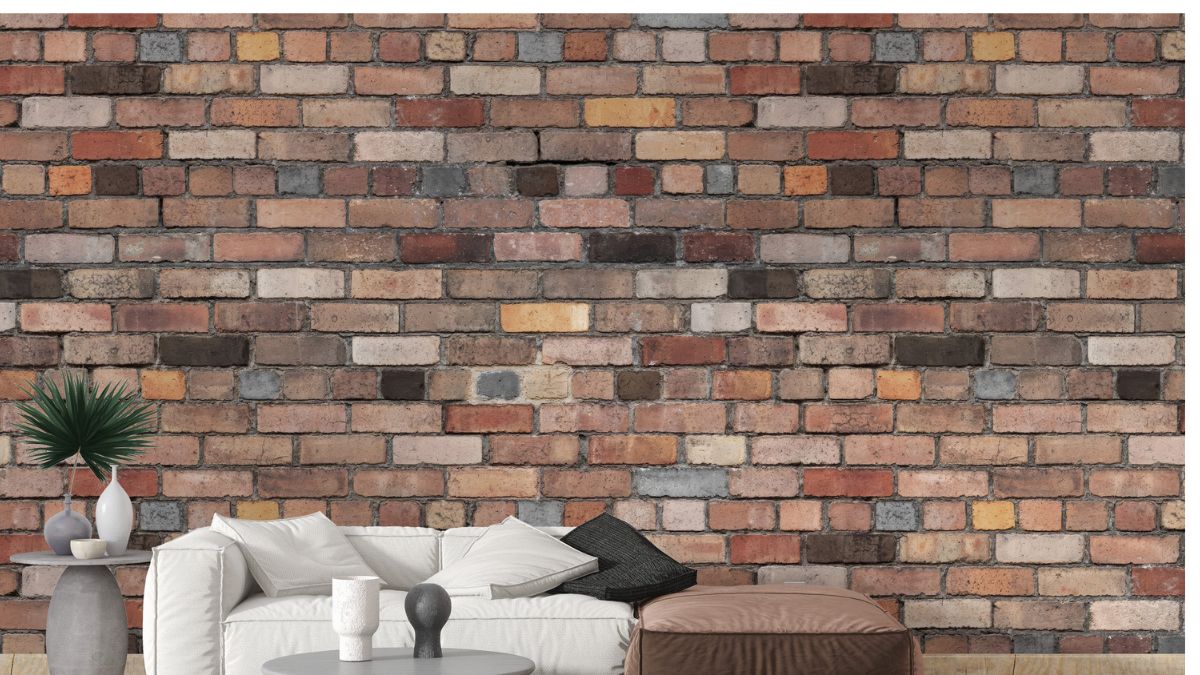When I first discovered peel and stick wallpaper, I was instantly hooked. No glue? No mess? Easy to remove? It sounded like a dream for someone like me who loves changing up my interiors often — without the commitment. But there was just one problem… my walls are textured.
I wasn’t sure it would work, but I decided to give it a try anyway. If you’re wondering whether peel and stick wallpaper works on textured walls, here’s everything I learned from my experience — the good, the bad, and what I’d do differently.
First Things First: My Wall Texture
To give you some context, my walls have a light orange peel texture — not completely smooth, but not super rough either. You can feel the bumps if you run your hand over them, but it’s not overly dramatic. I figured if peel and stick wallpaper was going to work on any textured wall, it would be this type.
Choosing the Right Wallpaper
After reading a ton of reviews, I decided to go with a thicker peel and stick wallpaper with a vinyl finish. The pattern I picked had lots of detail (floral with bold lines), which I read helps hide imperfections better. Spoiler: that advice was spot on.
Prep Work: Don’t Skip It!
I thought peel and stick wallpaper was all about convenience, but I quickly learned that prep work really matters — especially with textured walls. Here’s what I did:
- Cleaned the walls with a damp cloth and a bit of dish soap. (Dust is not your friend.)
- Lightly sanded the surface in a few areas to tone down the bumps.
- Let everything dry completely.
I didn’t use a wall liner or primer, though I’ve heard that can really help. I wanted to test it in its simplest form first.
The Installation Process
The first panel was… tricky. Because of the texture, the wallpaper didn’t glide on as smoothly as I’d hoped. I had to use a wallpaper smoother tool and press pretty hard to get it to stick properly. There were a few small air bubbles that didn’t come out easily, and the edges started lifting in spots.
So I paused, peeled it back, and tried again — more carefully this time. I found that smoothing as I peeled worked better than sticking the whole thing and trying to adjust later.
The Final Result
Honestly? I was pleasantly surprised. The wallpaper stuck better than I expected, especially after a day or two. I did notice that the texture slightly shows through the design if you look closely — but it actually gave it a nice canvas-like effect that I didn’t mind at all.
That said, I wouldn’t recommend using self adhesive wallpaper on heavily textured walls like popcorn ceilings or super rough plaster. I don’t think it would stay put without a lot of prep or additional adhesive.
What I’d Do Differently Next Time
If I were doing a full room again, I’d probably:
- Test a sample first instead of jumping in headfirst.
- Consider using a liner or primer if I wanted a smoother finish.
- Pick an even thicker wallpaper or one with a raised texture to mask the bumps better.
Final Thoughts
So, does peel and stick wallpaper work on textured walls? From my experience — yes, if the texture is light and you’re willing to do a little extra prep. It’s not as easy as applying it to smooth walls, but it’s totally doable and the result can still look amazing.
If you’re a renter or a decor-changer like me, it’s definitely worth trying. Just make sure you manage your expectations, pick the right product, and take your time with the application.
